|
|
|
| MASTERPIECES OF UKRAINIAN PAINTING
| 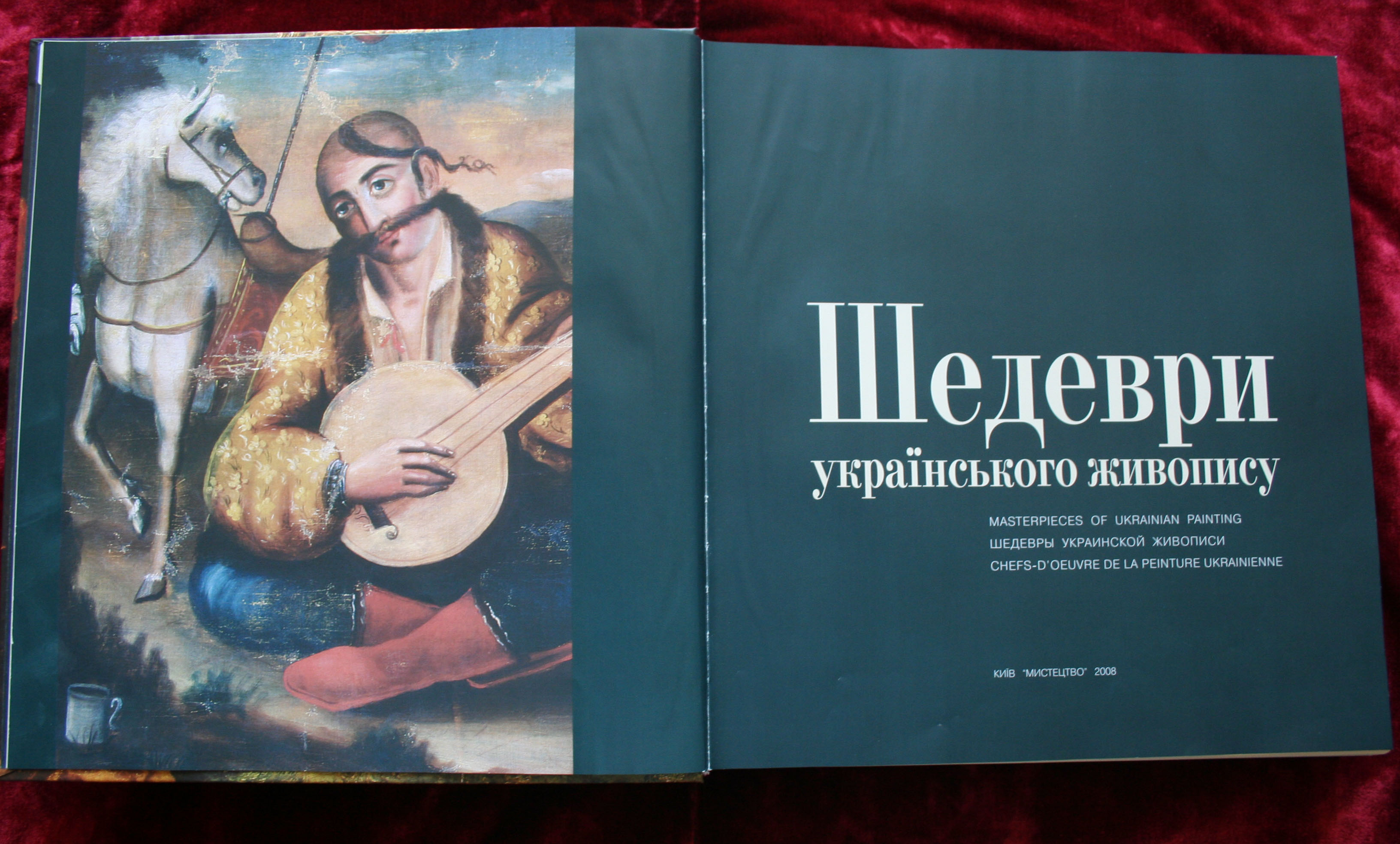 | Masterpieces of ukrainian painting: album/ D. Gorbachev. - К.: Art, 2008. - 608 с. : il.. РRez. and text English, French and Russian languages. About millennial history of the Ukrainian painting not many guess. Bezderzhavnost' gave itself to know, and Ukrainians were perceived only as citizens of Poland, Russia, Austria, Romania, and even to France, Germany or USA. Test part of album, that consist of three sections, is called to convince a reader, that the Ukrainian art is deservingly written into outer space. By bright confirmation there are the reproductions of pictures of artists presented in album of Alimpiy Pecherskiy to Kazemir Malevich. | | | | Russian-byzantine style First artist of Kiev Rus, which we know on the name, - Alimpiy Pecherskiy. He attained in the creation world sublimity. To him an art for Rus-Ukraine was created by greek masters. Alimpiy also was the student of greeks. Not so there simply was rusicham to capture a difficult byzantine culture. Yet a child was he in the Sofia cathedral in Kiev, scrutinized in the goldish twinkling of mosaics, in incomprehensible greek inscriptions on walls, saw the face of stradnika Ioanna Zlatousta, noticed in surprise, that apostles near Christ are identical on growth. Knew that this izokefaliya (on grecheskom-rovnogolov'ya) had meant evenness before God. Yaroslav Mudriy invited for painting of this mitropolicheskogo temple of the best masters from Byzantium. Unfortunately, we do not know their names. Ancient artists repeated the canonized icon-painting standards and even boasted that these traditions corrupt nothing personal. And works it is not done for them. | | | | | | | | 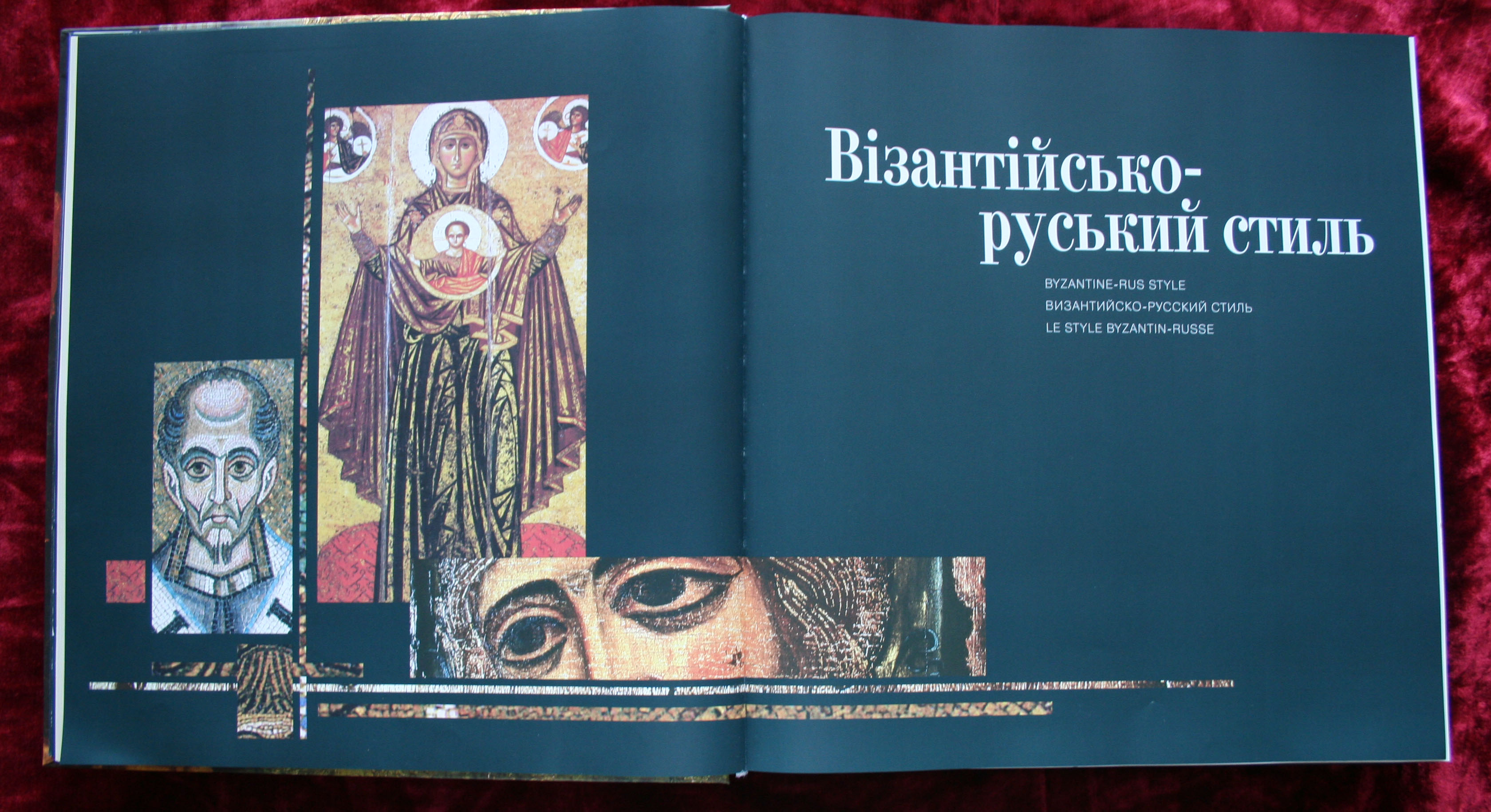 |
| 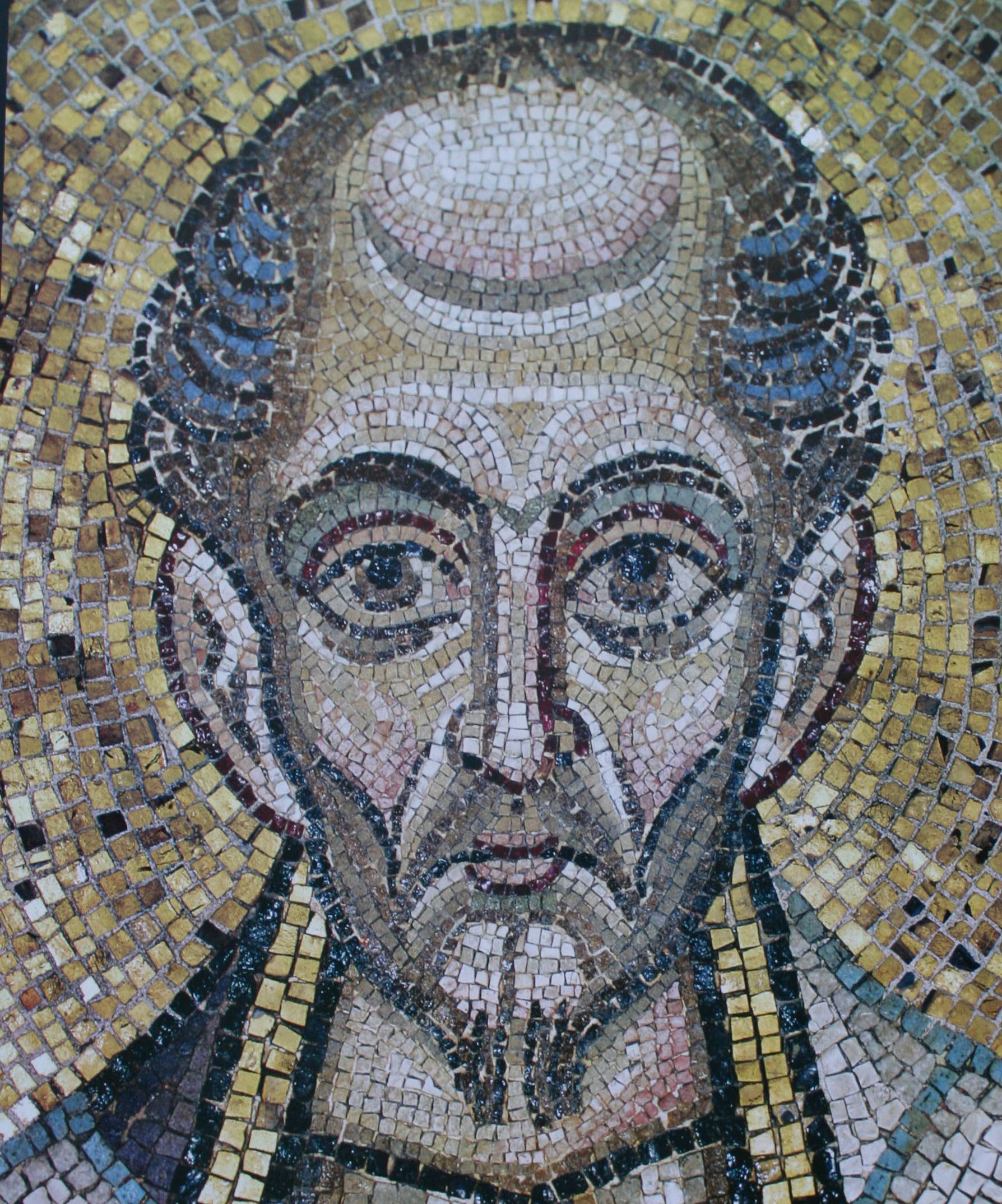 | | 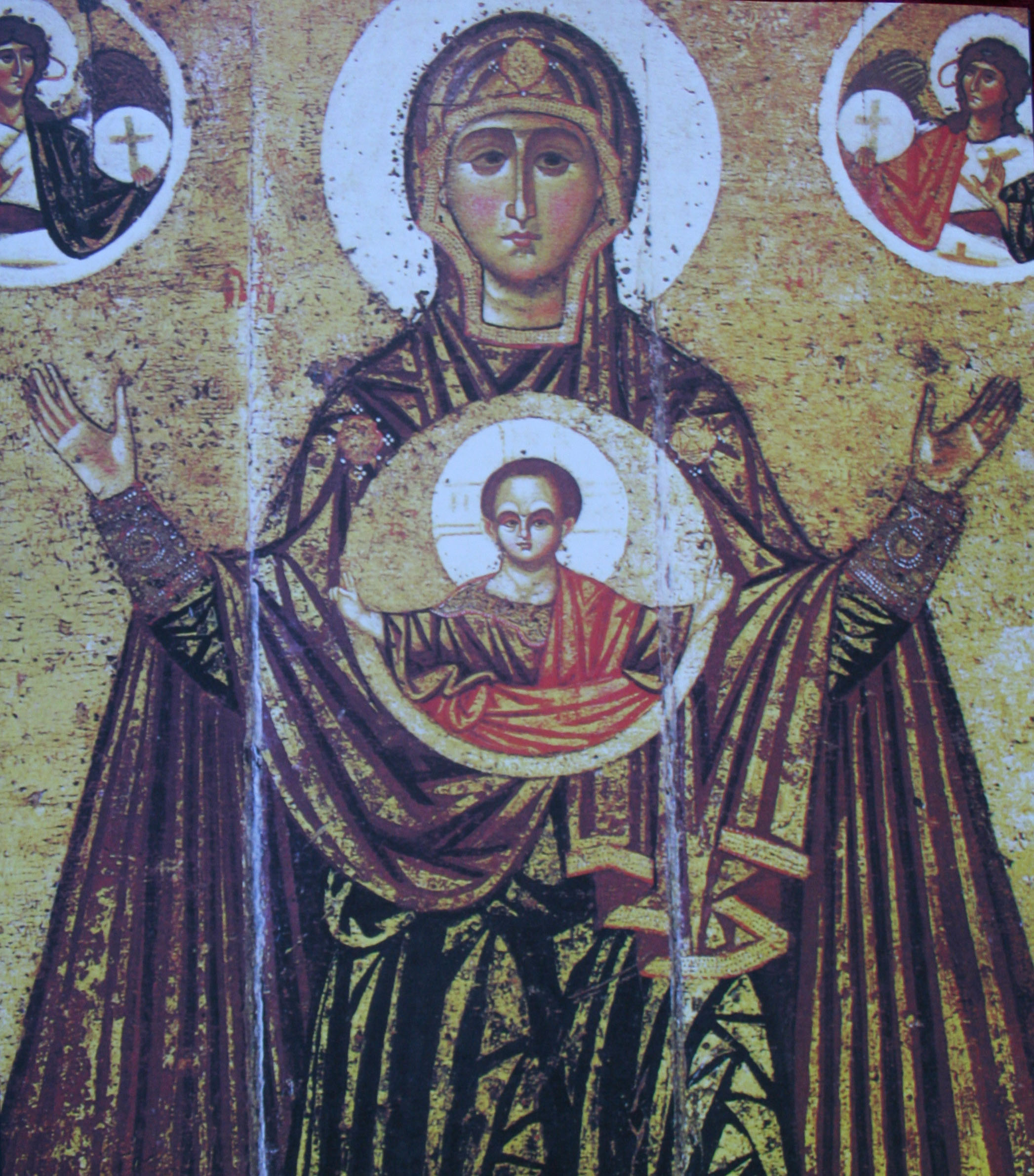 | | | | | | | | | Orthodox gothic architecture From 14 century Ukrainian principalities «changed» a dynasty – from Ryurikovichey on Gediminovichey. Vector of Ukraine as inclined part of the Polish-Lithuanian state to Western Europe, and there artistic revolution which was later named gothic architecture lasted under a that pore. A catholic monkhood was seen by the presence of God not only on sky but also on earth – in nature, that in spring reminds former Eden the beauty; in human relations from which not disappearing kindness. True, key of gothic architecture dramatic: on earth Jesus Christ was hung up, and a devil with success sows a hatred and sadism. Since gothic realism is seasoned bitter taste. «Appears, - terrified sv. Francis Asizkiy, - people do not love love». Byzantine ascetic traditions in Ukraine interlaced with European.
| | | | | | | | 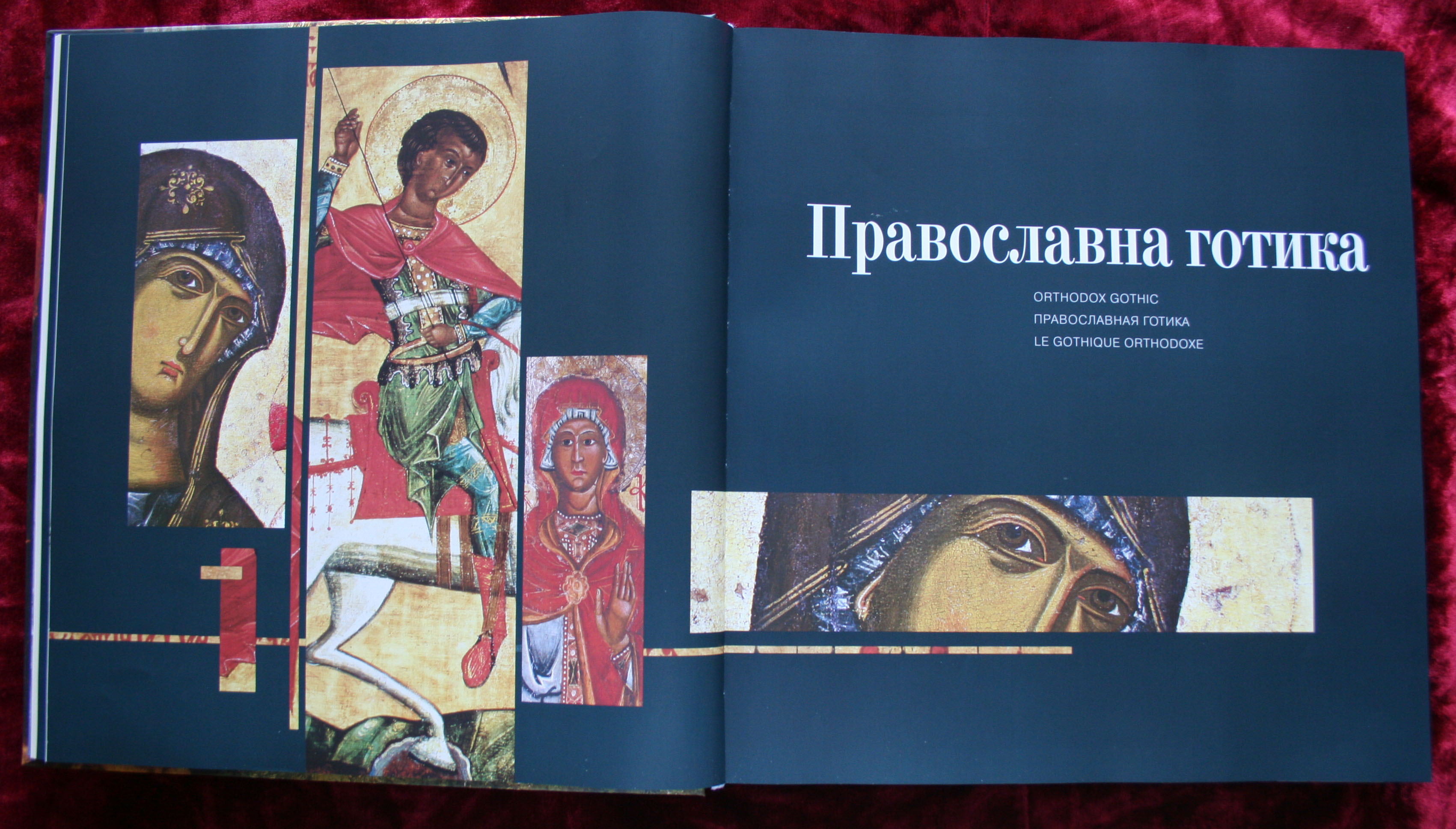
| | 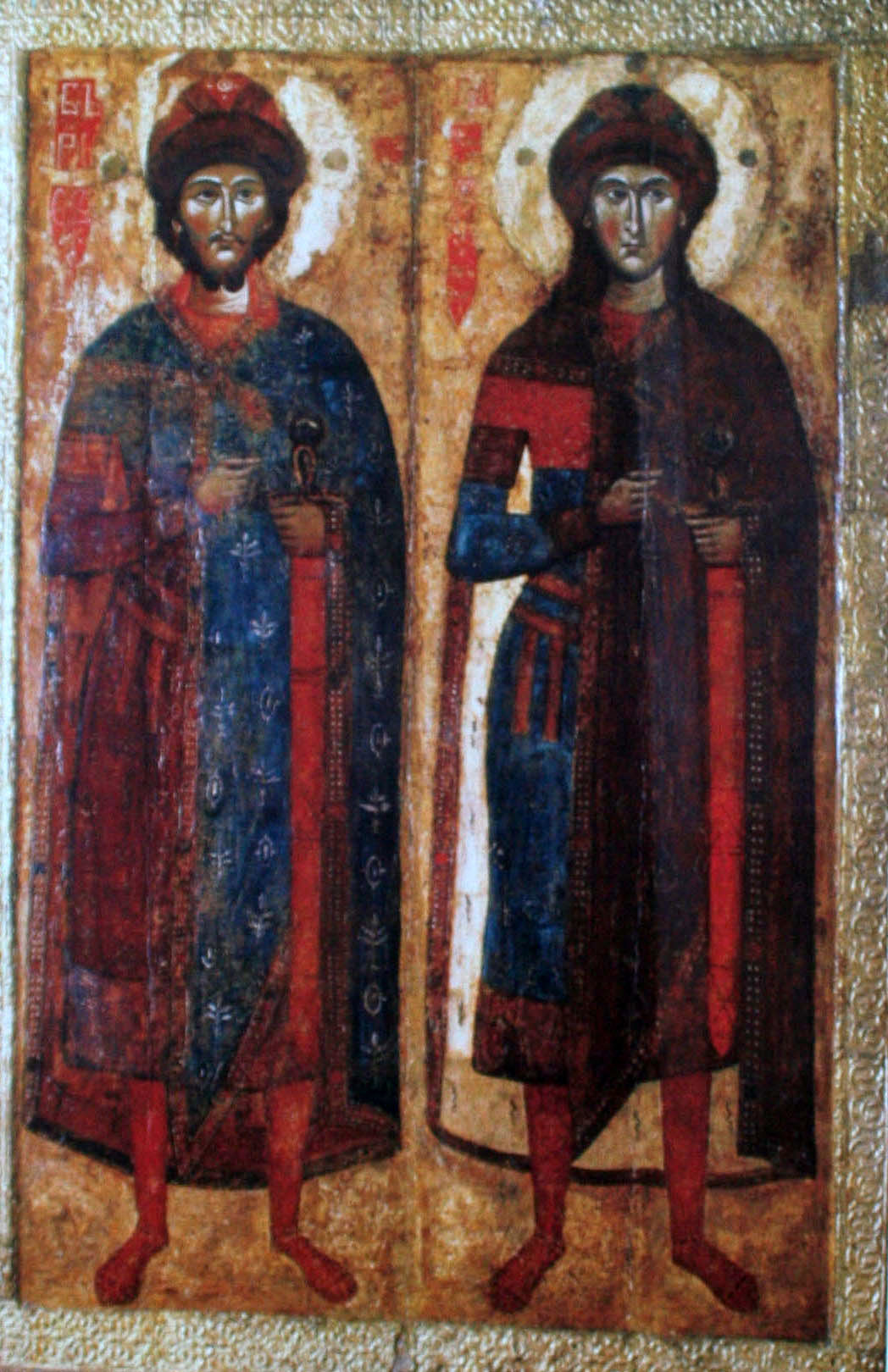
| | 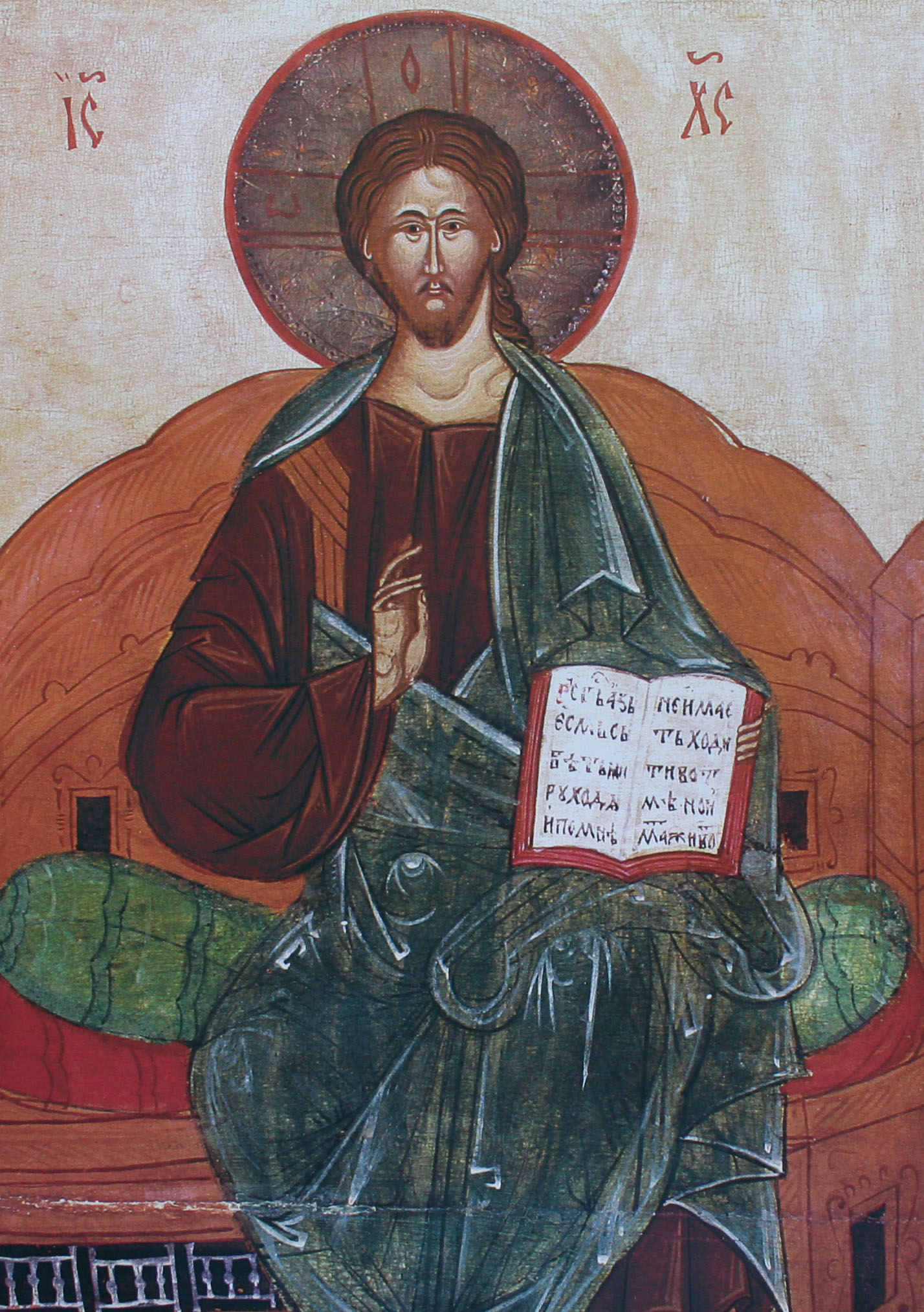
| | | | | | | | | Trip in Renaissance. A renaissance is 15-16 centuries in Europe is time of hopes on near earthly paradise, on life without sufferings, gap-filling pleasure and heartfelt rest. Scientists in those days – humanists (from the word of humanitas is education, but not from humanity) subtracted about such for an ancient greek philosopher Plato. Ukraine which entered in the complement of Speech Pospolitoy was pulled in humanism motion; young people often studied in western universities; to Lvov scientists zachastili from Italy and Germany; Ukrainian George Drogobyckiy taught in Krakov of astronomy of young Kopernik. In that Krakov wrote Latin famous on all Europe AntiTurkish philippic Stanislas Orikhovskiy (Rusin). He revealed to the Italian friends: «The my Rus is soft, quiet, productive. Finds out large appetence to literature greek and Latin» Ideal of humanists - a man is strong, as Gerakl, and clever, as Plato. The artists of Renaissance provide with just the same lines «new Gerakls» - monarchs, magnates, merchants, that those patrons of art, which financed the culture of Renaissance. | | | 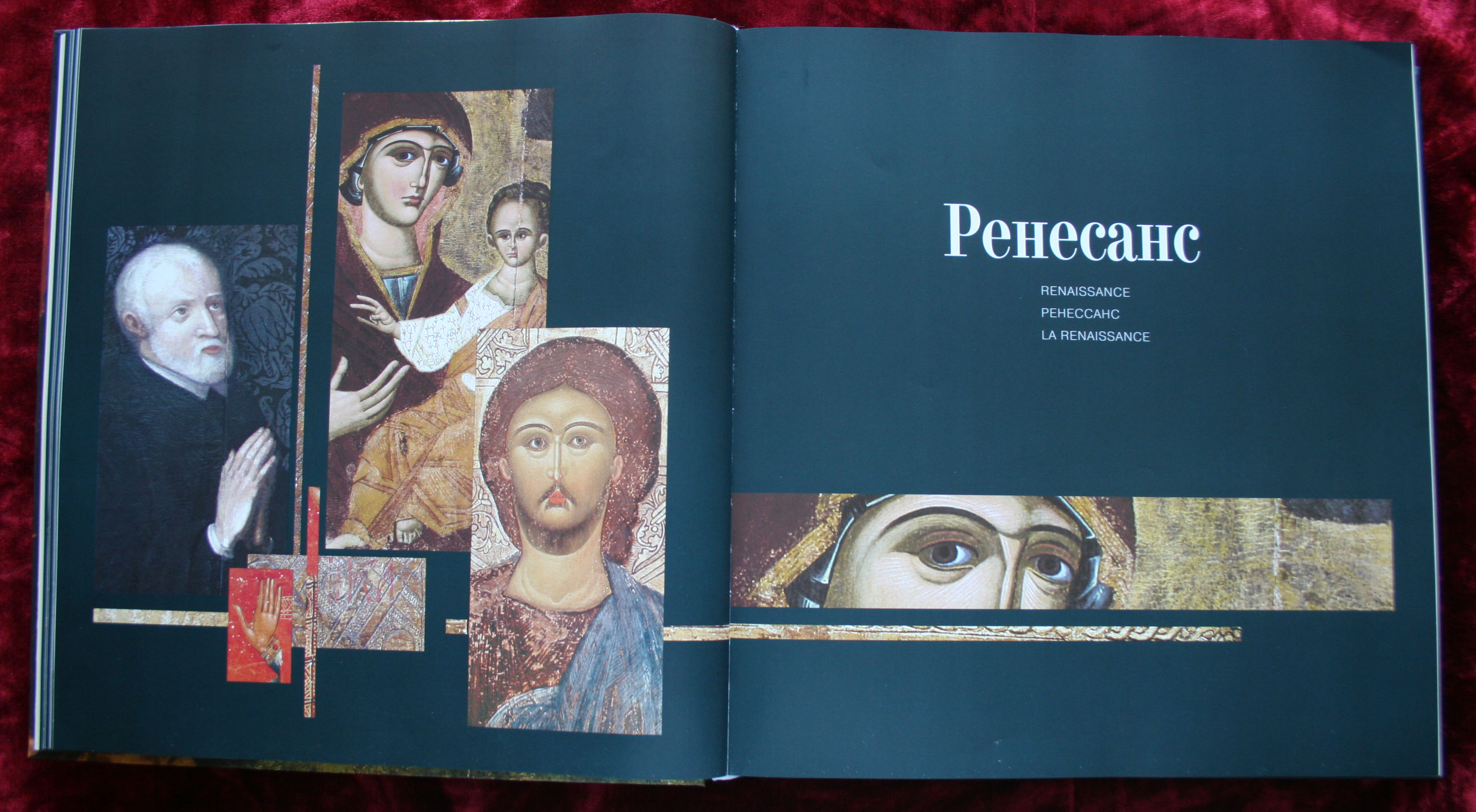
| | 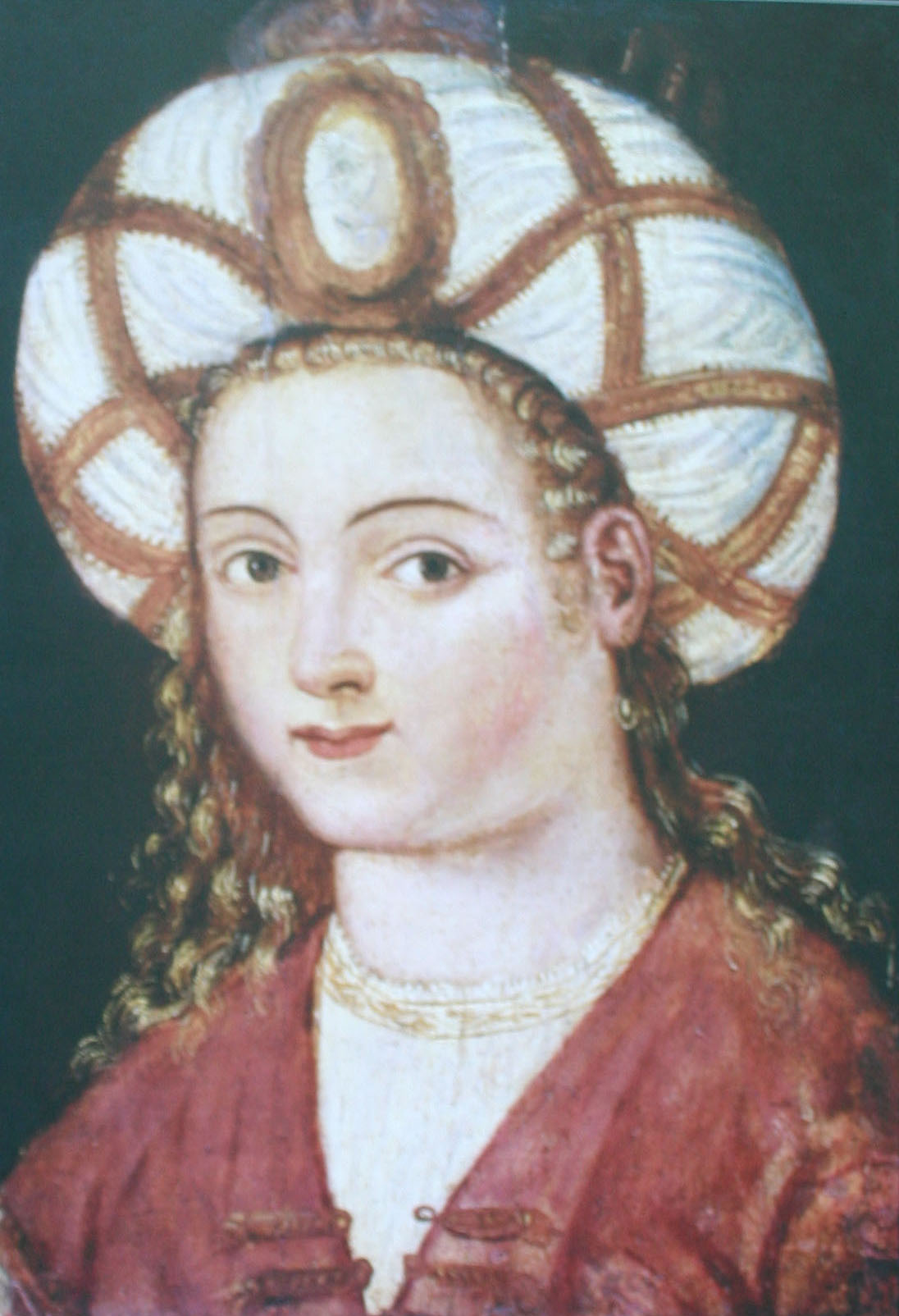
| | 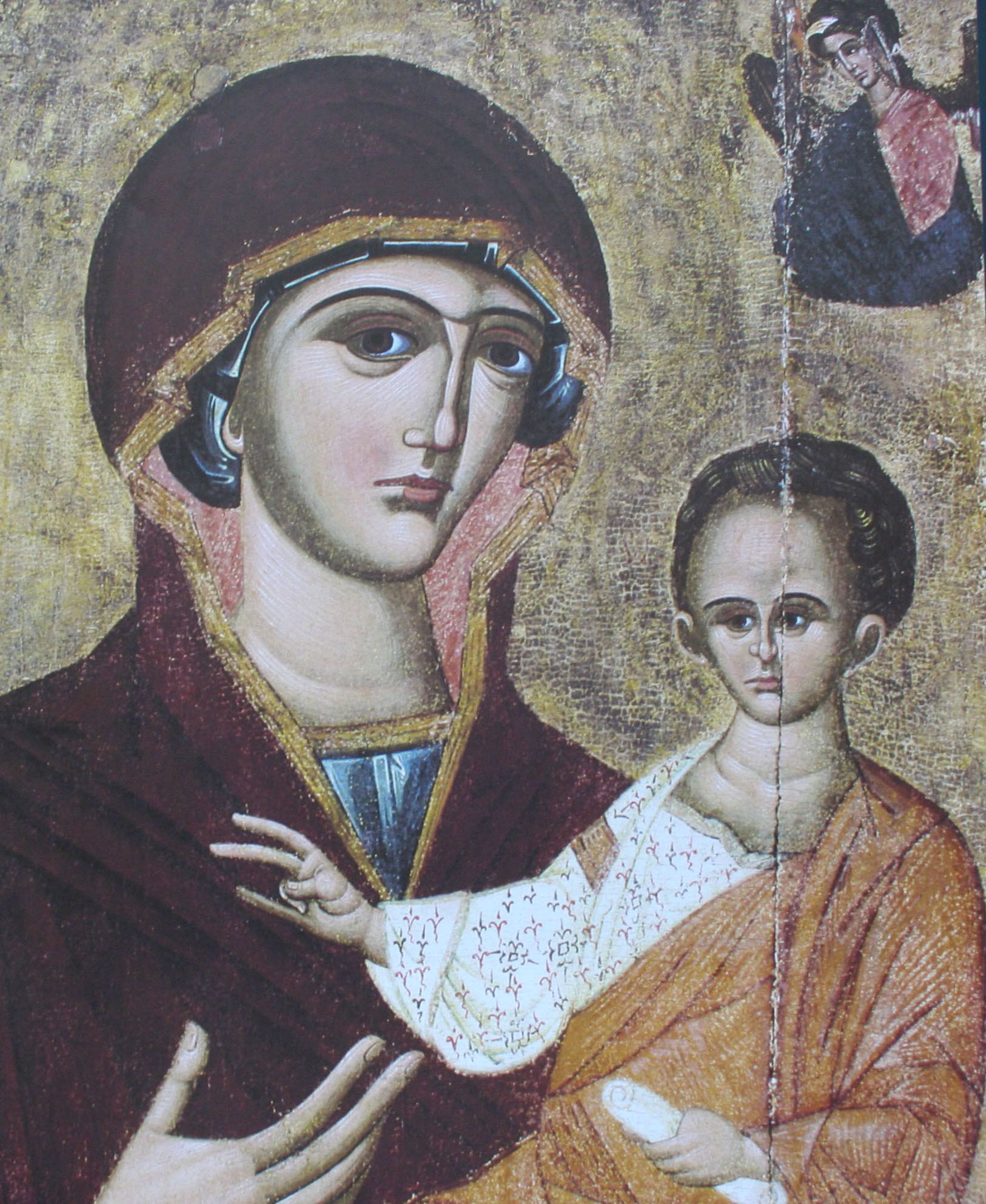
| | | | | | | | | Ukrainian baroque The seventeenth-eighteenth century in Ukraine is time of reconciliation of culture with the catholic and protestant world. Even an icon-painting is the most traditional variety of art – becomes variation after western standards. Artists the orthodox and uniatskie made sure, that paraded the jesuits of Tintoretto, Fir-tree-Greco, Rubens and Breygel', is artists of the greatest sort, and «admitted» them to the artistic arsenal. But anymore – sometimes the religiynye pictures of western masters were entered to the iconostasises on rights for orthodox icons. Impression of odes of earthly life gushed in the interiors of churches: landscape, civil and sakral'nuyu architecture, still lives from garden-stuffs, fruit, colors, food stuffs, people in modern clothes, to the fauna - odes of elephants to the ducks - "all, that breathes and glorifies Lord". On the walls of the Troickoy nadbramnoy church of the Kievo-Pecherskoy large monastery, in this «Ukrainian Sekstinskoy kaplicy», historical characters modern. They brush off on cossack uryadnikov – hetmen, colonels which did not spare a money on modernization of the Old Russian temples. The Zaporozhian cossacks ordered for this church the subject of «Zaushinnya Aria» (Sainted Nick slaps in the face a heretic), and also «Jesus drives out merchants from a temple». They say, if saints came running to the decisive actions, our military profession is not is violation of the Divine settings.
| | | | | | | | 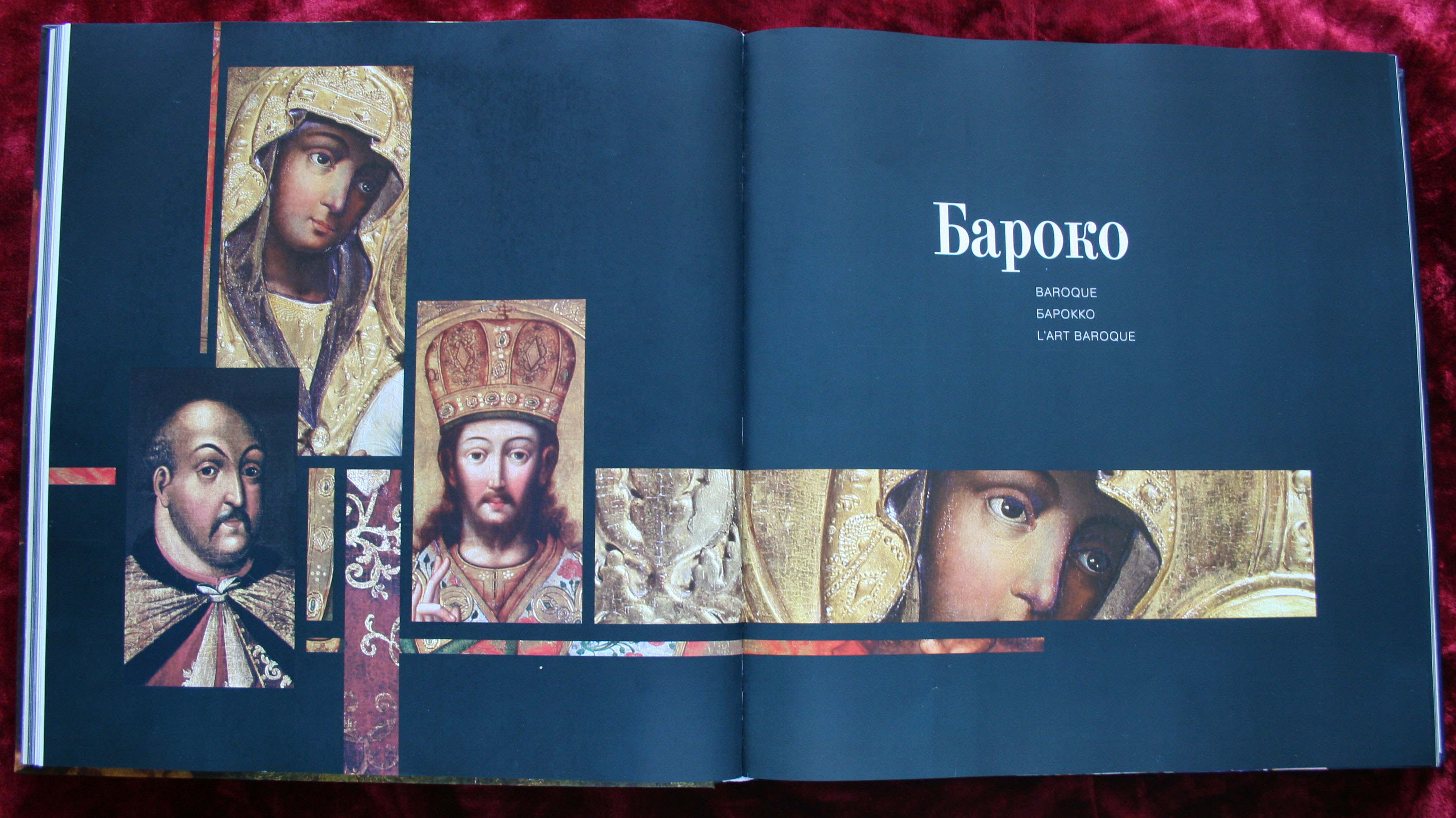
| | 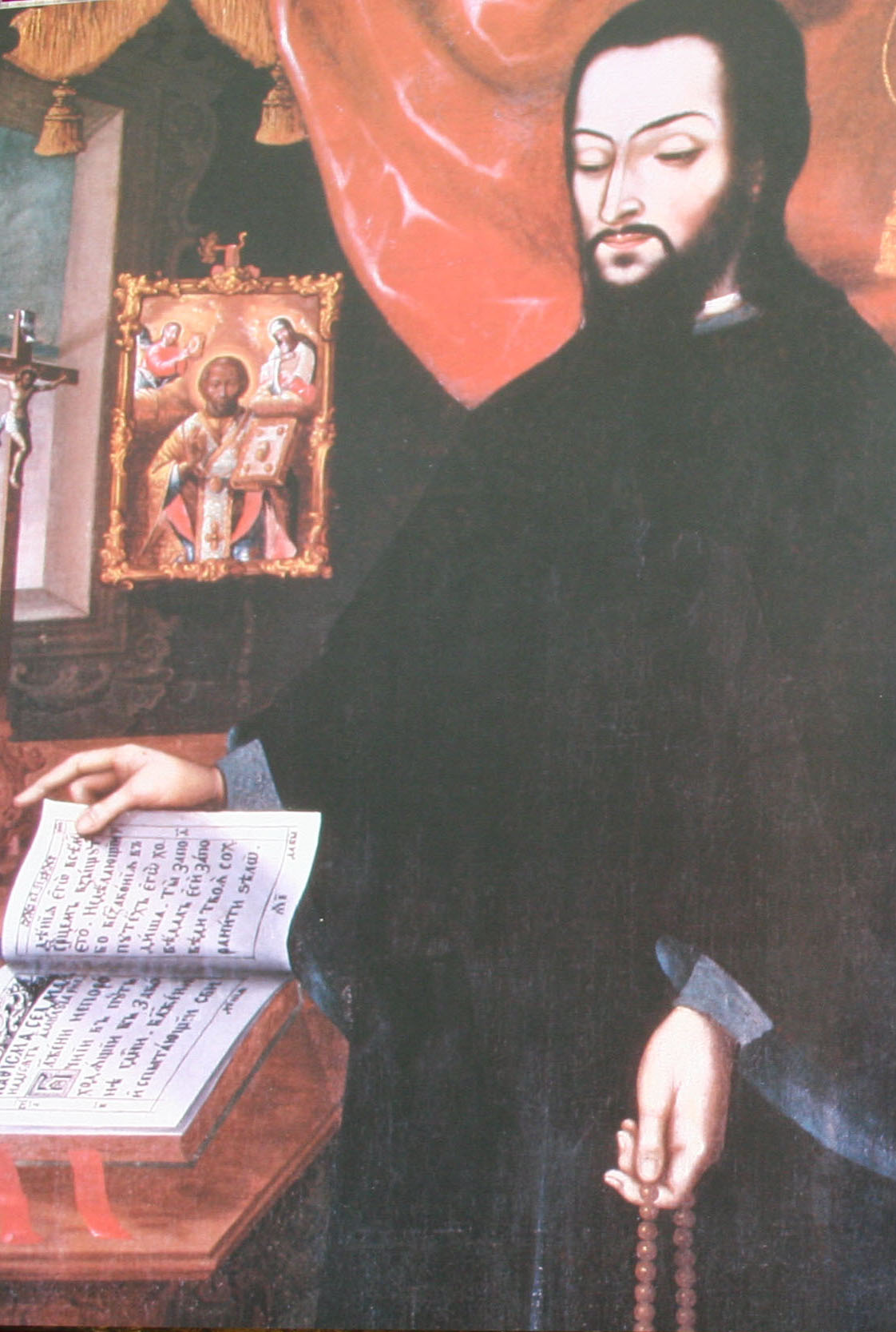
| | 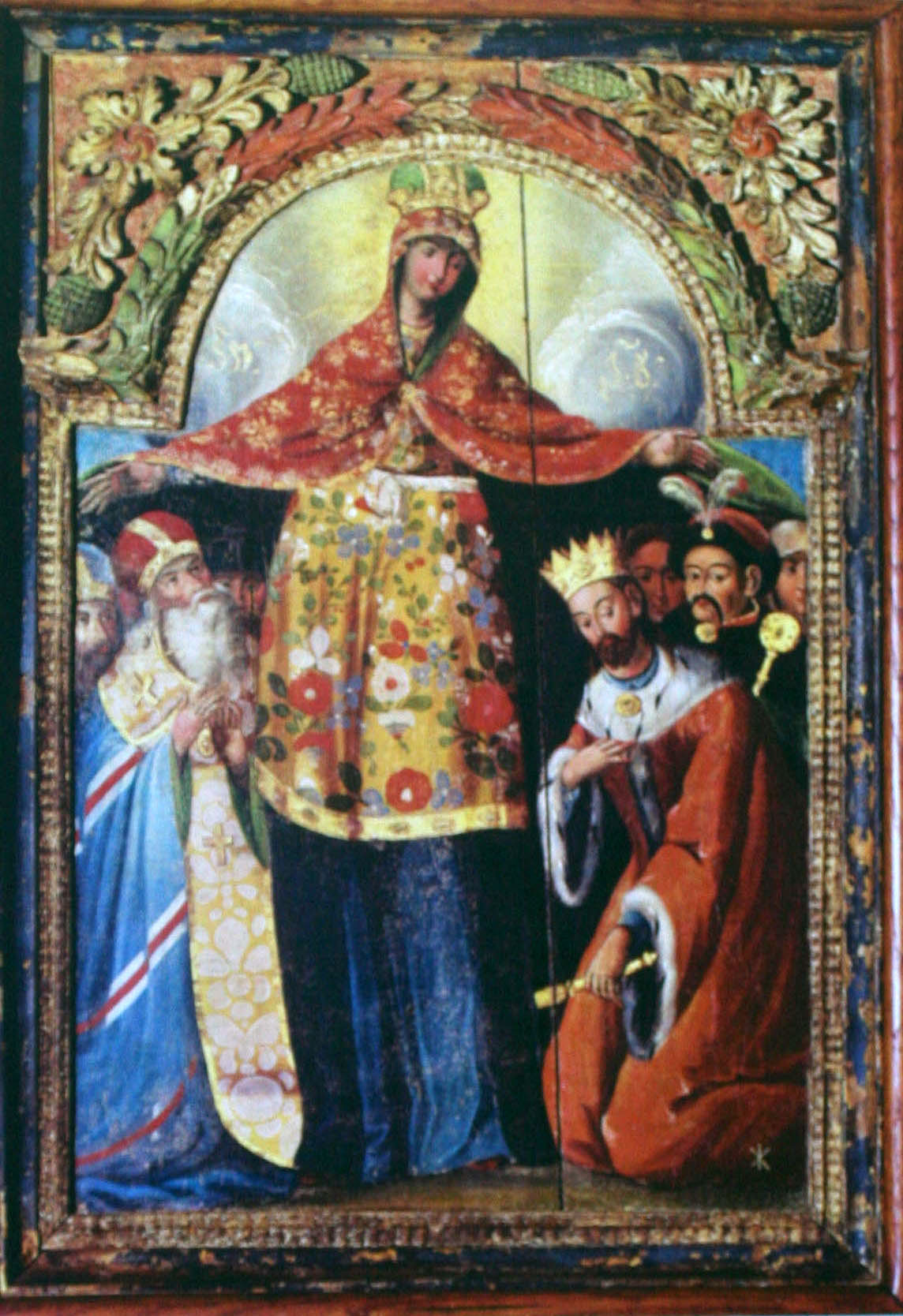
| | | | | | | | | Rococo Fantastically ablaze velvet dark blue and green colors of clothes of saints are influence of palette of spanish El' Greco. Silvery-pearl, ash-colored-pink clouds – creative perepenie of colour gamut of Italian Tintoretto. Tender beauty of womanish persons is the first in Ukraine breathing of gallant rococo. Some miniature icons simply count the pietom to the woman. | | | | | | | | 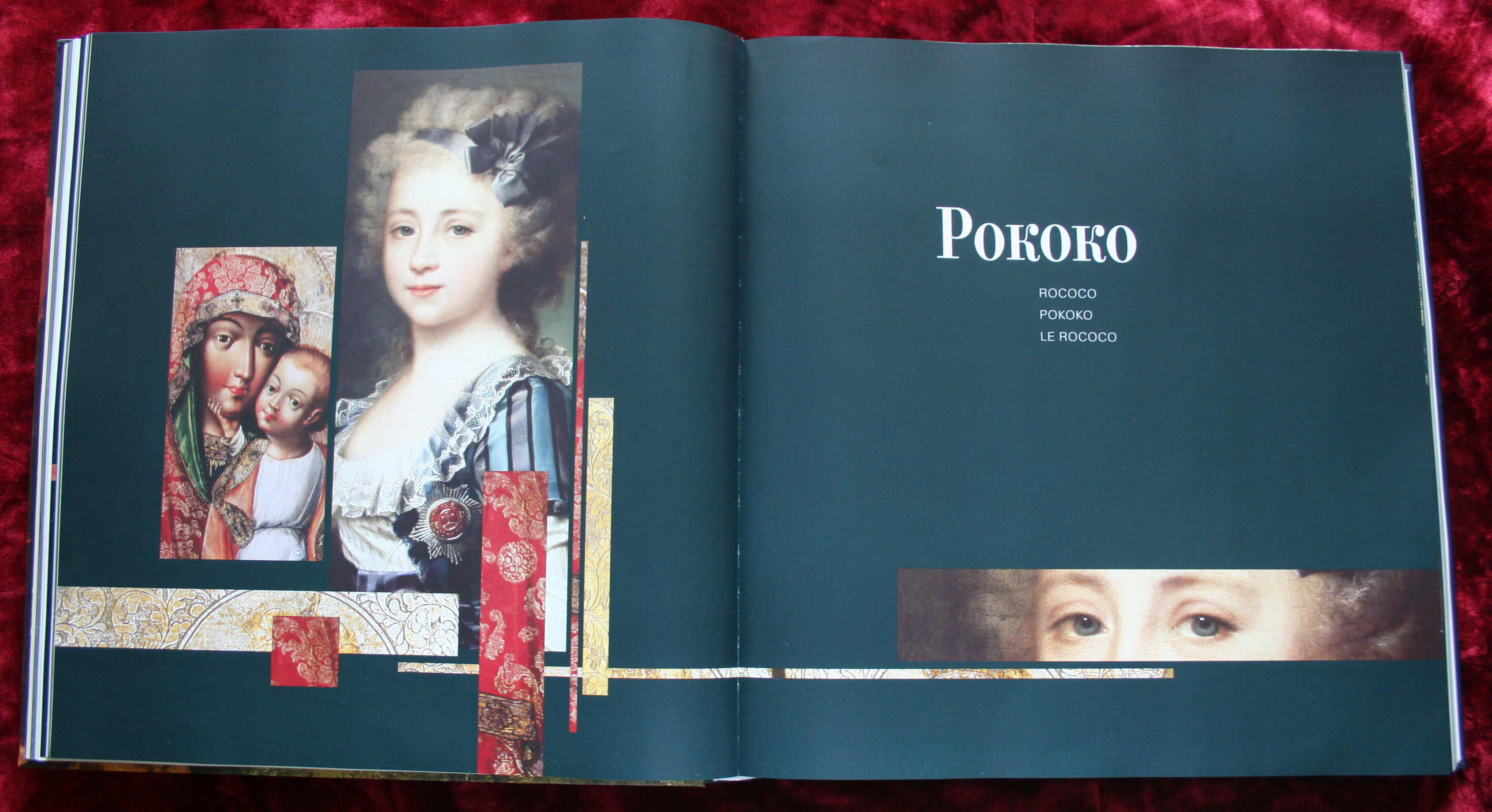
| | 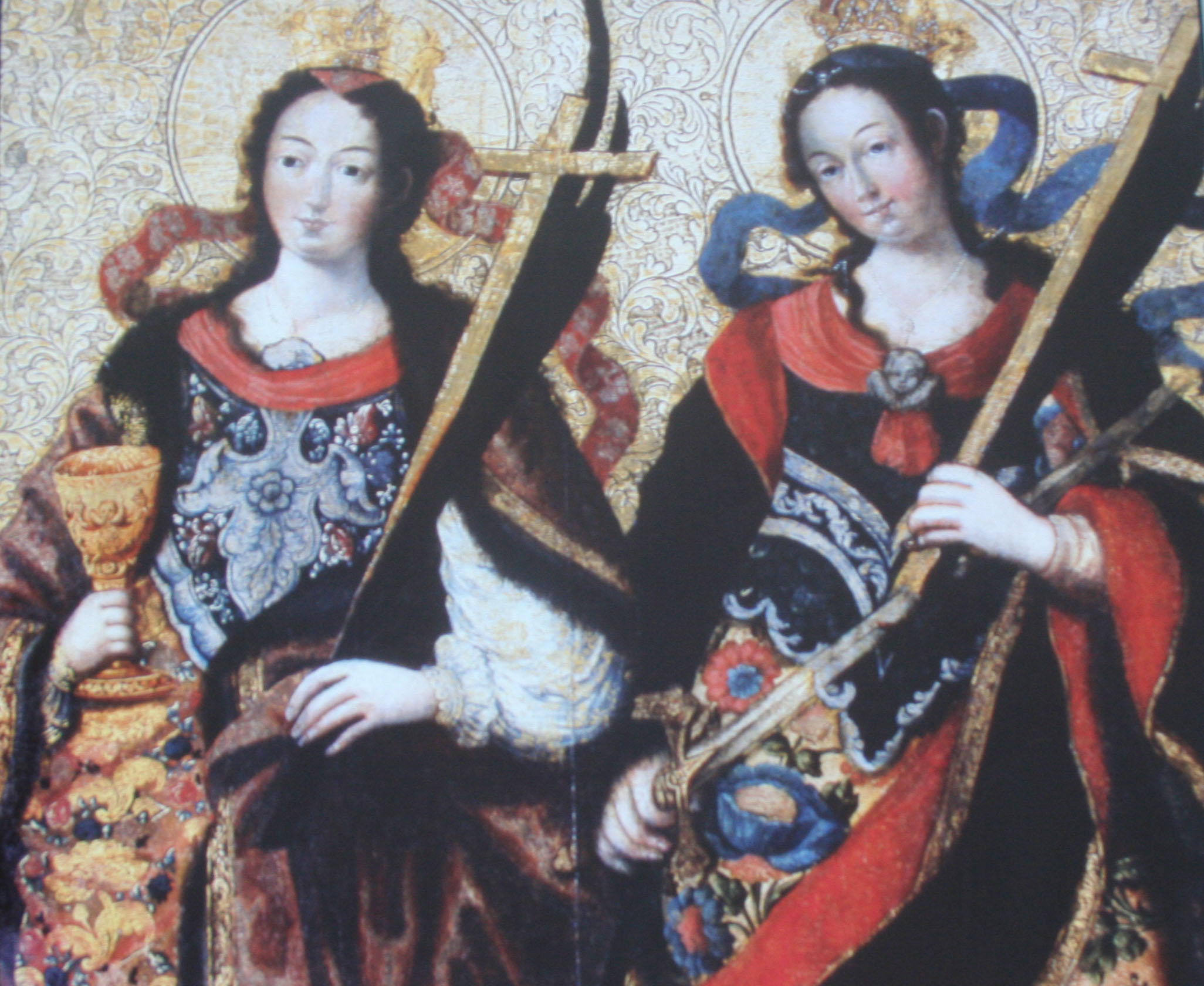
| | 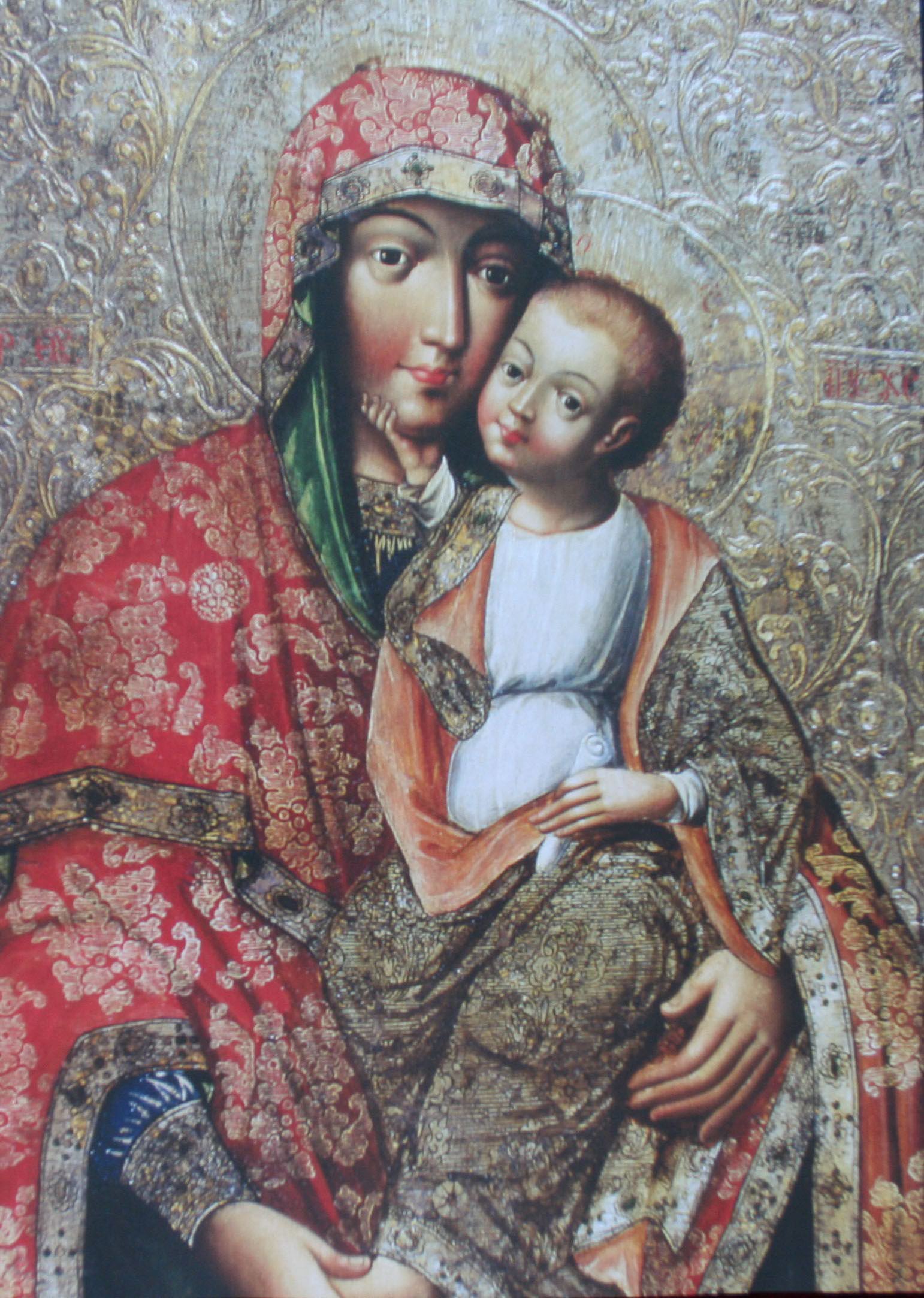
| | | | | | | | | | Dmitry Levickiy from Kiev - first portrait-painter of empress Katerina ІІ Young Dmitry left from Kiev in a long journey. Father Grigory Cyril in that day even solemnly put on rizu – had curacy. Invited Dmitry Levickogo to Moscow, and afterwards to to Petersburg artist Antropov, which worked in the Andreevskoy church in Kiev on the order of empress Elisabeth. In Petersburg Dmitry appeared in the Ukrainian friendly association. Courtiers were guardian him hetman Razumovskiy and consultant of empress Ekateriny II Bezborod'ko. From a father Dmitry inherited style of rococo, carefree, indifferent to surplus intellectuality and moralizatorstva. However, when Ekaterina II found oneself on a throne this French gaiety had to be corrected, as, unlike Elisabeth I, Ekaterina II valued an intellect and devotion state affairs. Empress in letters to to the uveschatelem – to the French enlighteners – proudly named the name of Levickogo as artist of European weight. | | | | | | | | 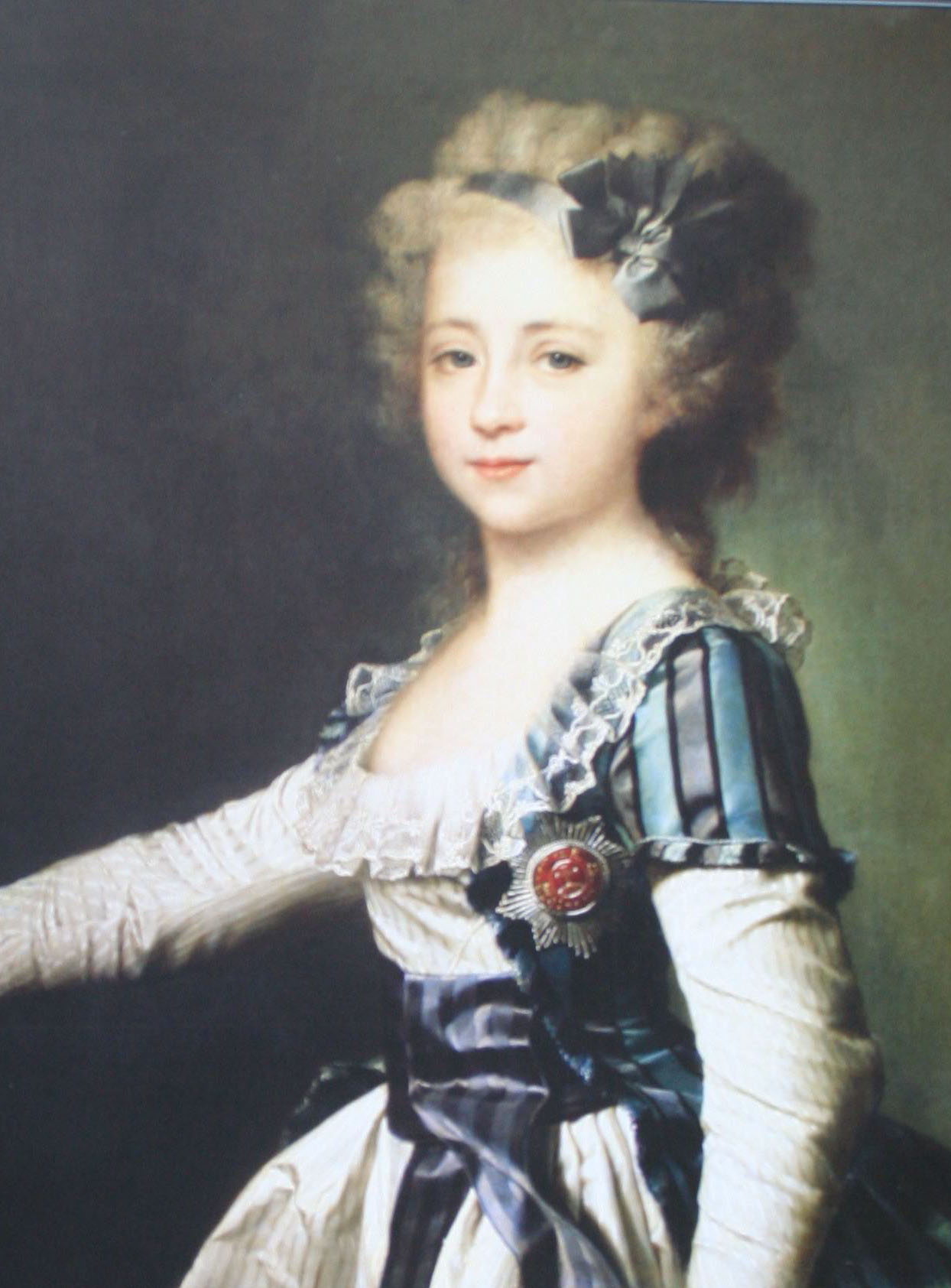 | |  | | 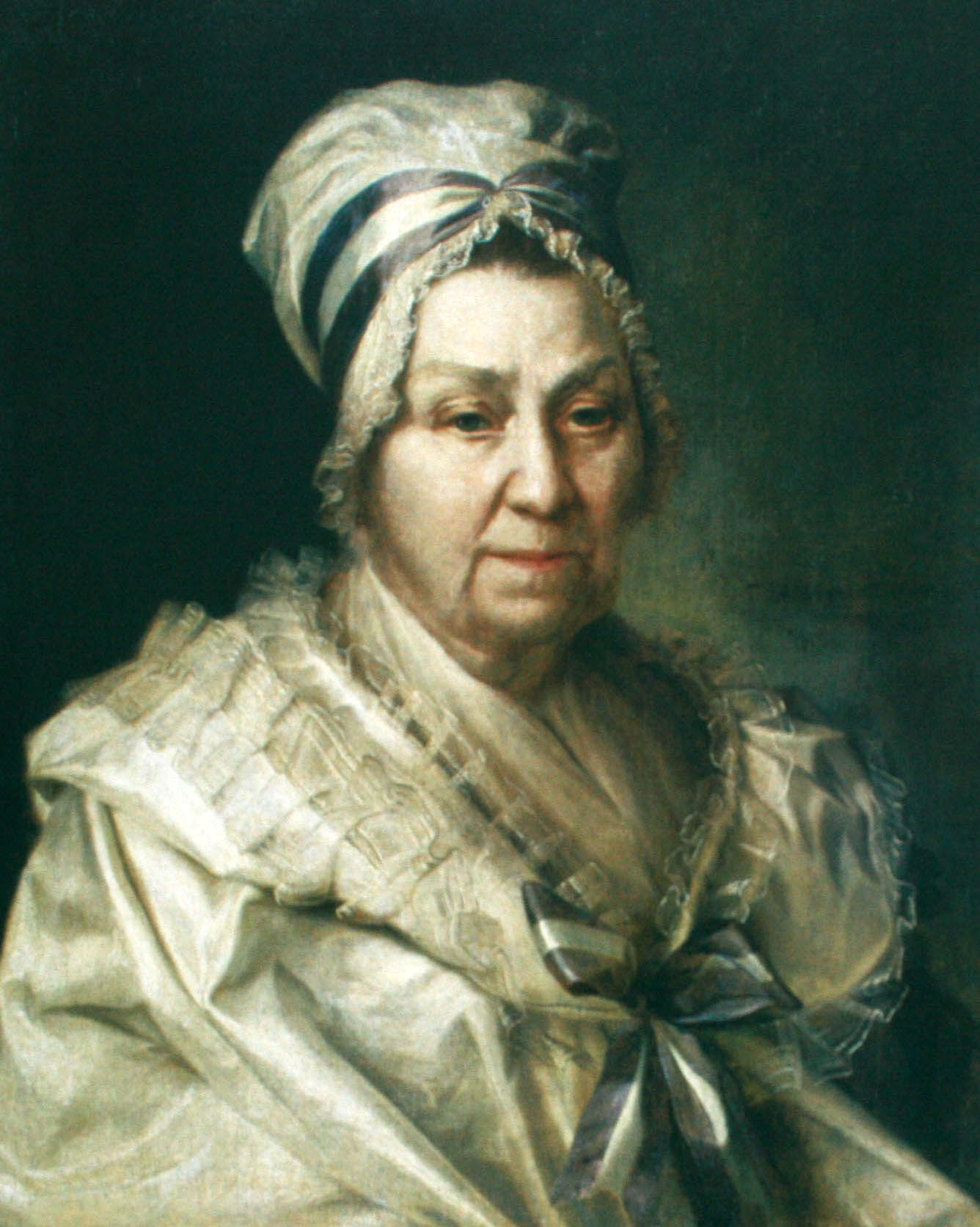 | | | | | | | | | | Inter'ernyy genre of "bidermaer" Artists 19 cenruries of tiredness of stormy romanticism, world sorrow and overstrain of passions. A psychical overload, as is generally known, threatens the loss of mind. The names of that time literary works are “Messages mad”, “Causal”, “Stupid boy” - it is talked for itself. Artists realists engaged in the search of quiet, "improvised" gladnesses. So there was an inter'ernyy genre of comfort, adopted addressed to carefree literary character of “bidermaer”. | | | | | | | | 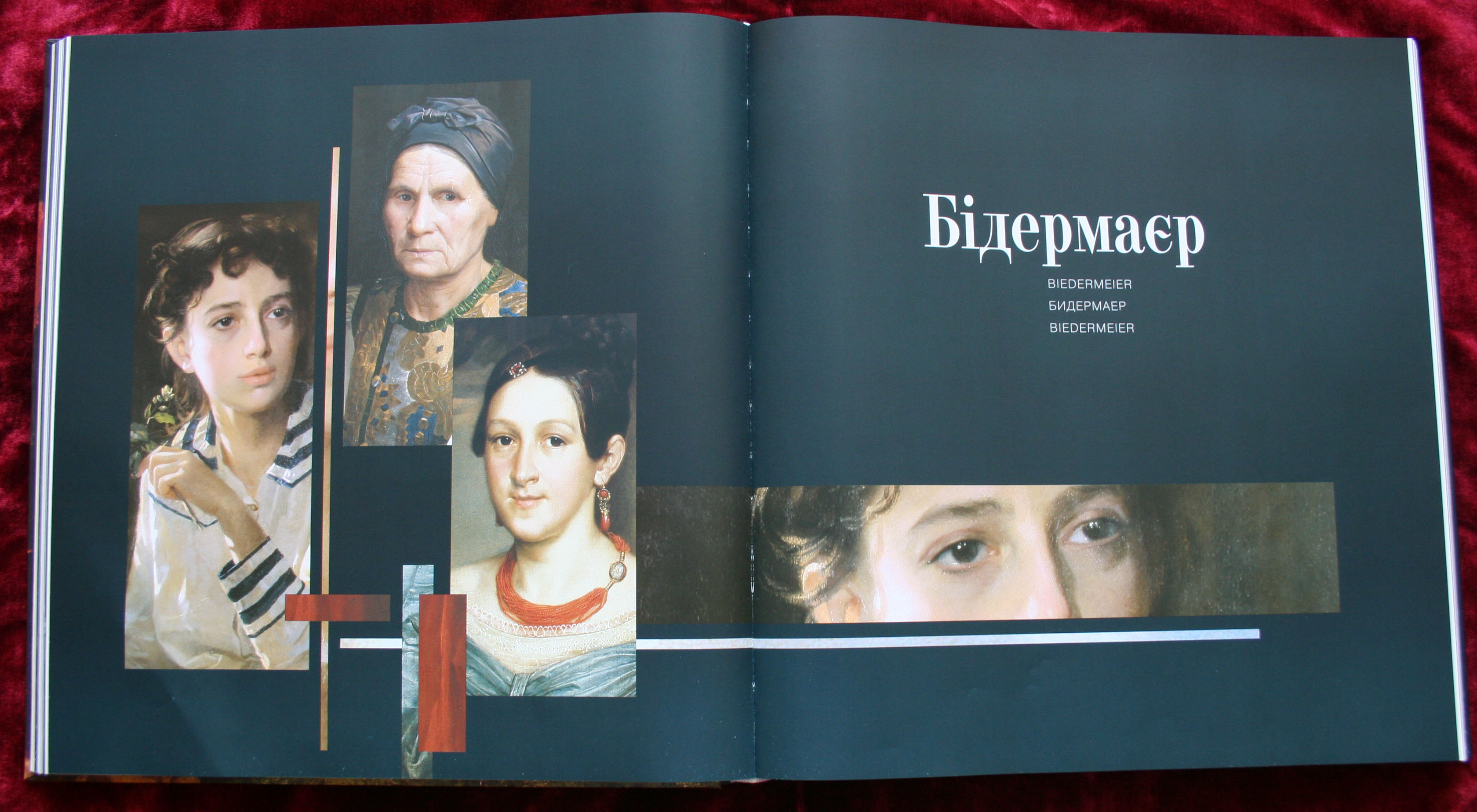 | |  | | 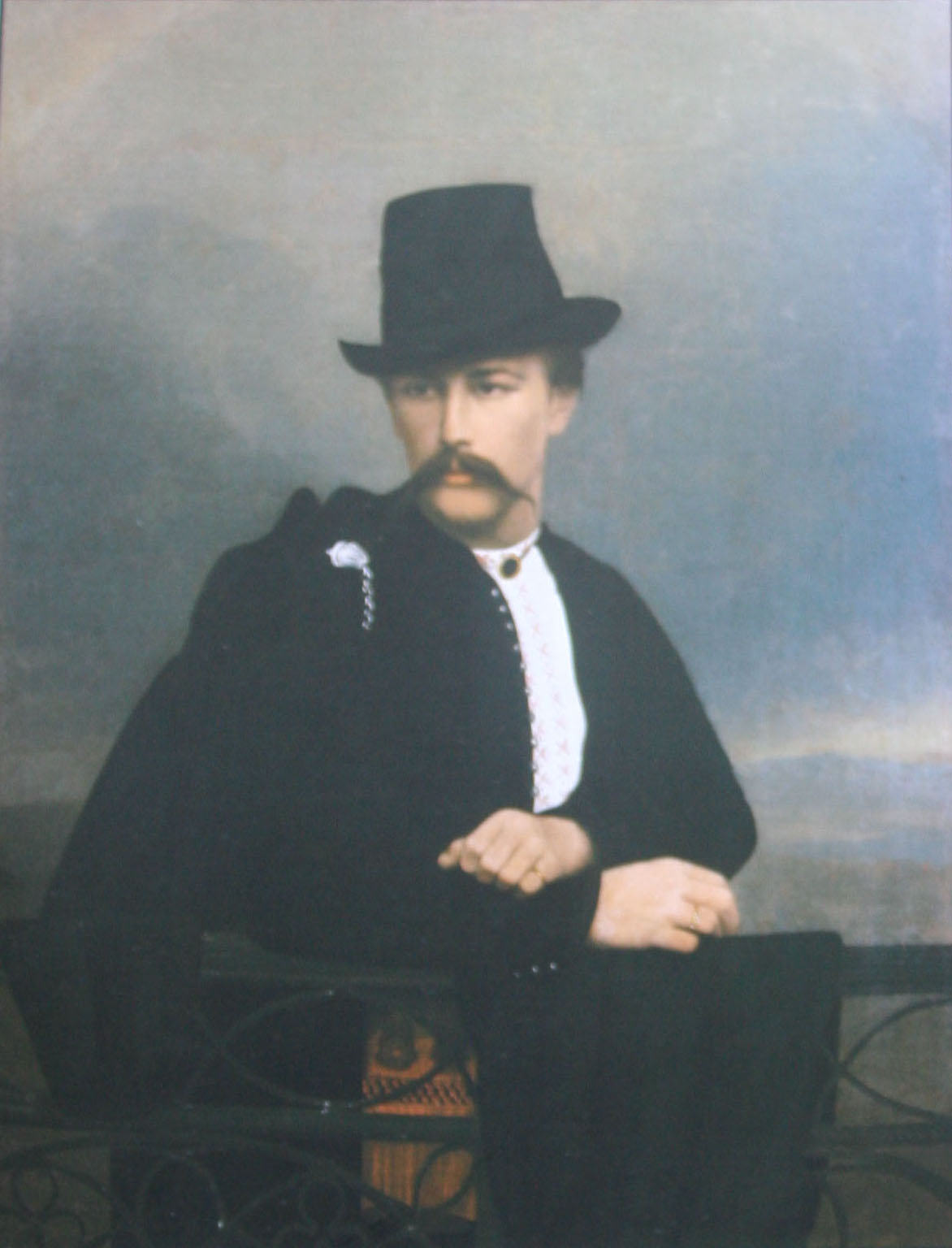 | | | | | | | | | | Postimpressionizm. Alexander Murashko In painting of Murashko repeatedly went back to a problem which Gogen and Van Gog worried during the life. This problem of colour rendition of maximally intensive sun illumination. Usually Murashko spoke to inter'er compositions, comparing the powerful streams of sunlight, which pour through windows, with shadows, reflexes, specks of light. | | | | | | | | 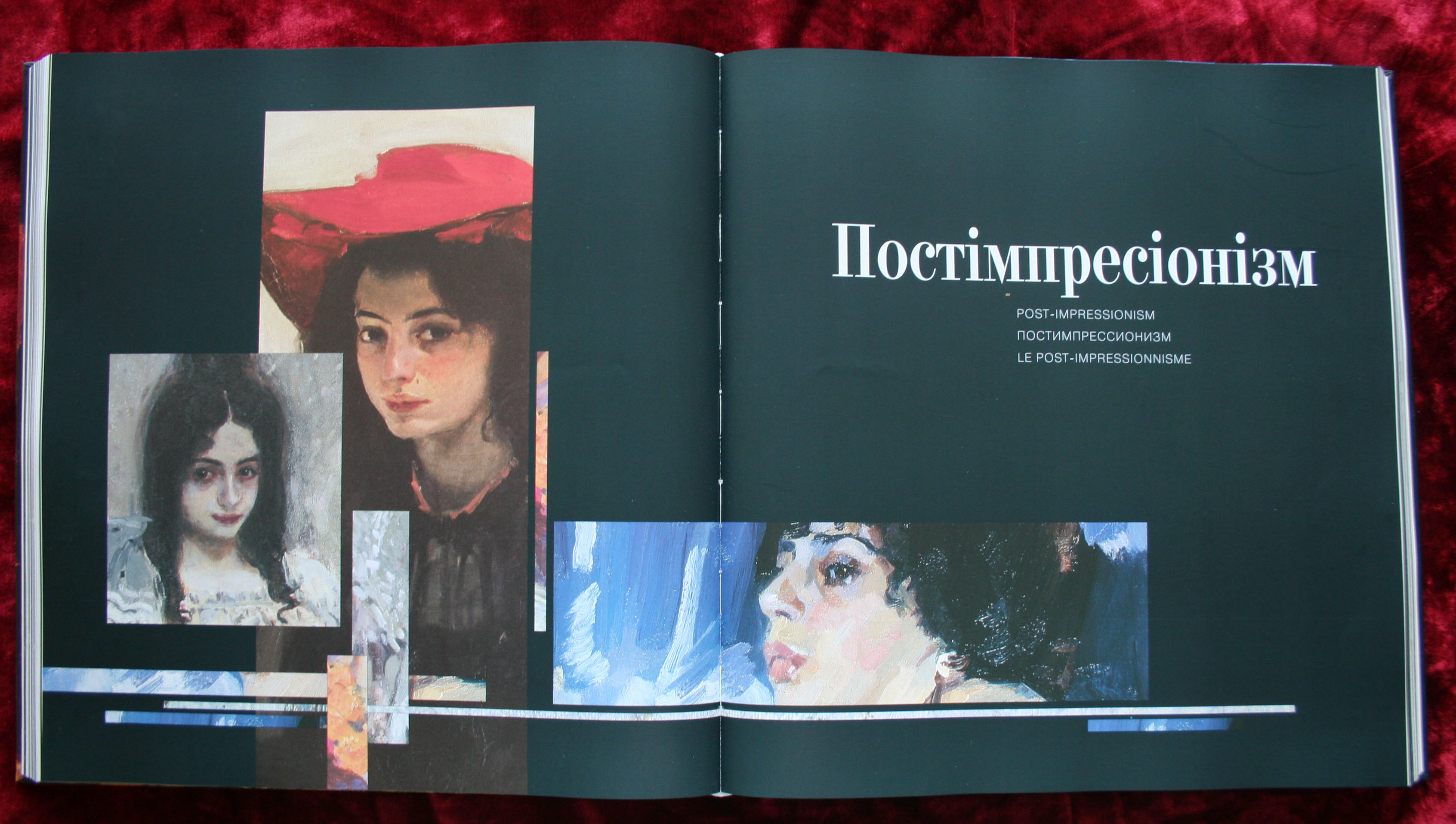 | | 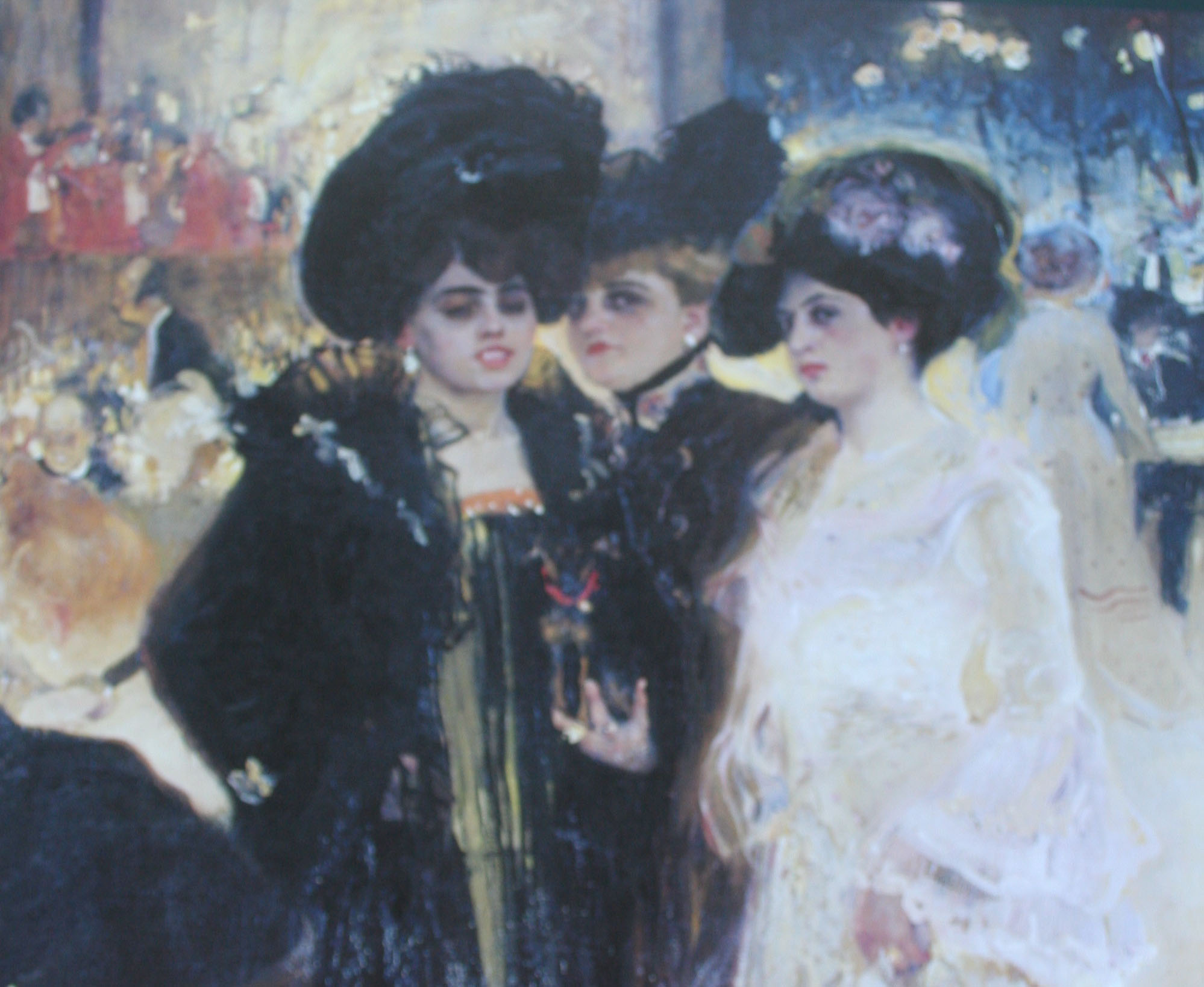 | |  | | | | | | | | | | On the edge of avant-gardism
(Cassimere Malevich, Alexander Bogomazov,
Victor Pal'mov, Michael Boychuk).
Ukrainian folklore, zakorenenny in Neolithic prapamyat, became a source for avant-garde innovation. The avant-gardists stepped archaic layers of consciousness, it is their area of the subconscious, and drew experience from the depths of "collective unconscious" as he called archaic psychologist Jung. A magic art woke up will to live, it did not know a be single doom. Avant-gardists put itself to retransmit zhiznetvorcheskuyu energy, what Arkhipenko named “space dynamism”. An ancient anonymous art appeared consonant contemporaneity by it, to say, dionissiystvom, by ability to find an exit from the tragedy of life to the saving humour, commuted from a high spiritual register on low corporal one, by ability to fill with the way of life symbolism. A rural culture saved these properties. Avant-gardists resolutely went back into a village, Ukrainian – in Ukrainian, Pikasso – in African. | | | | | | | | 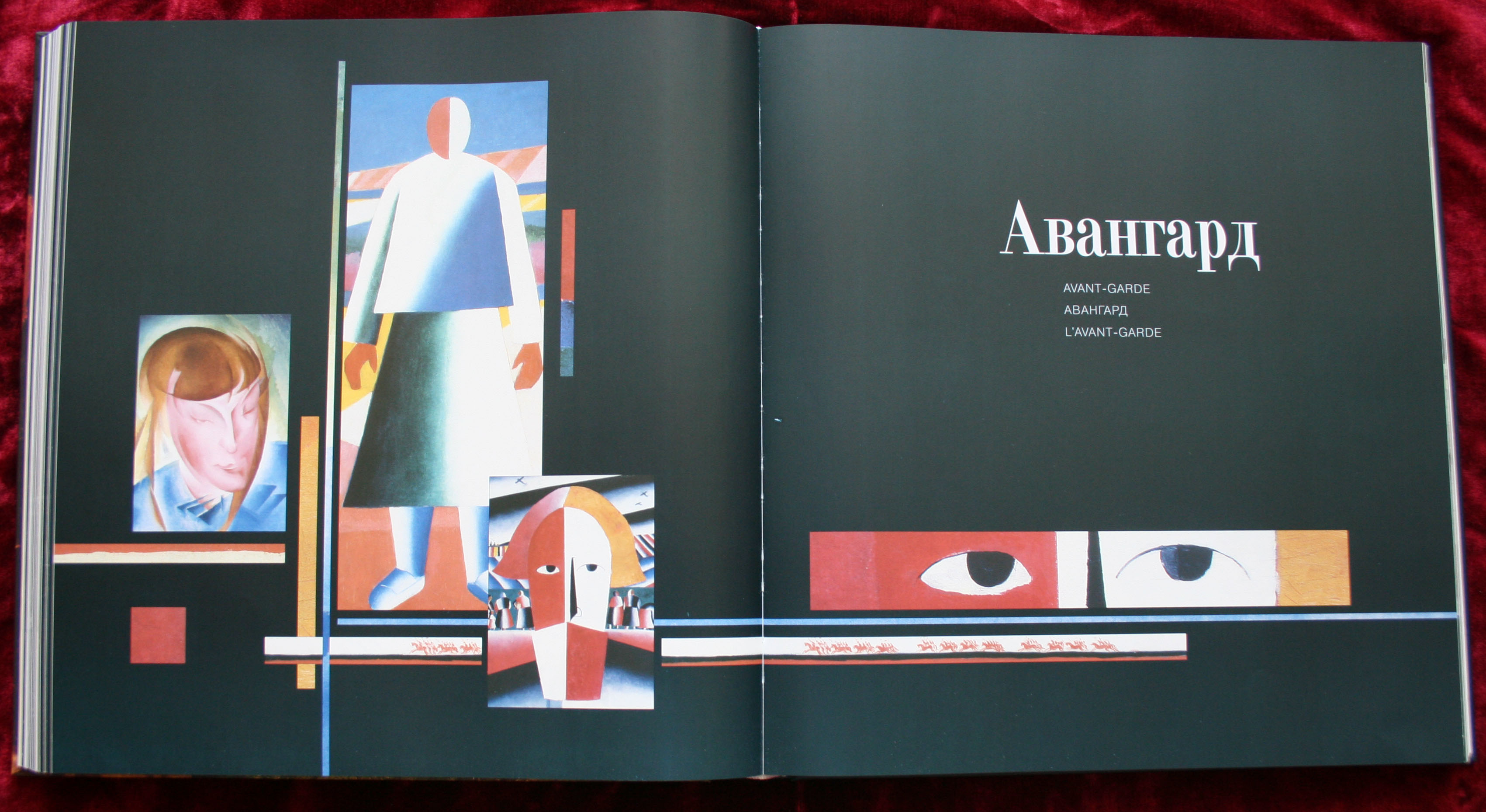 | | 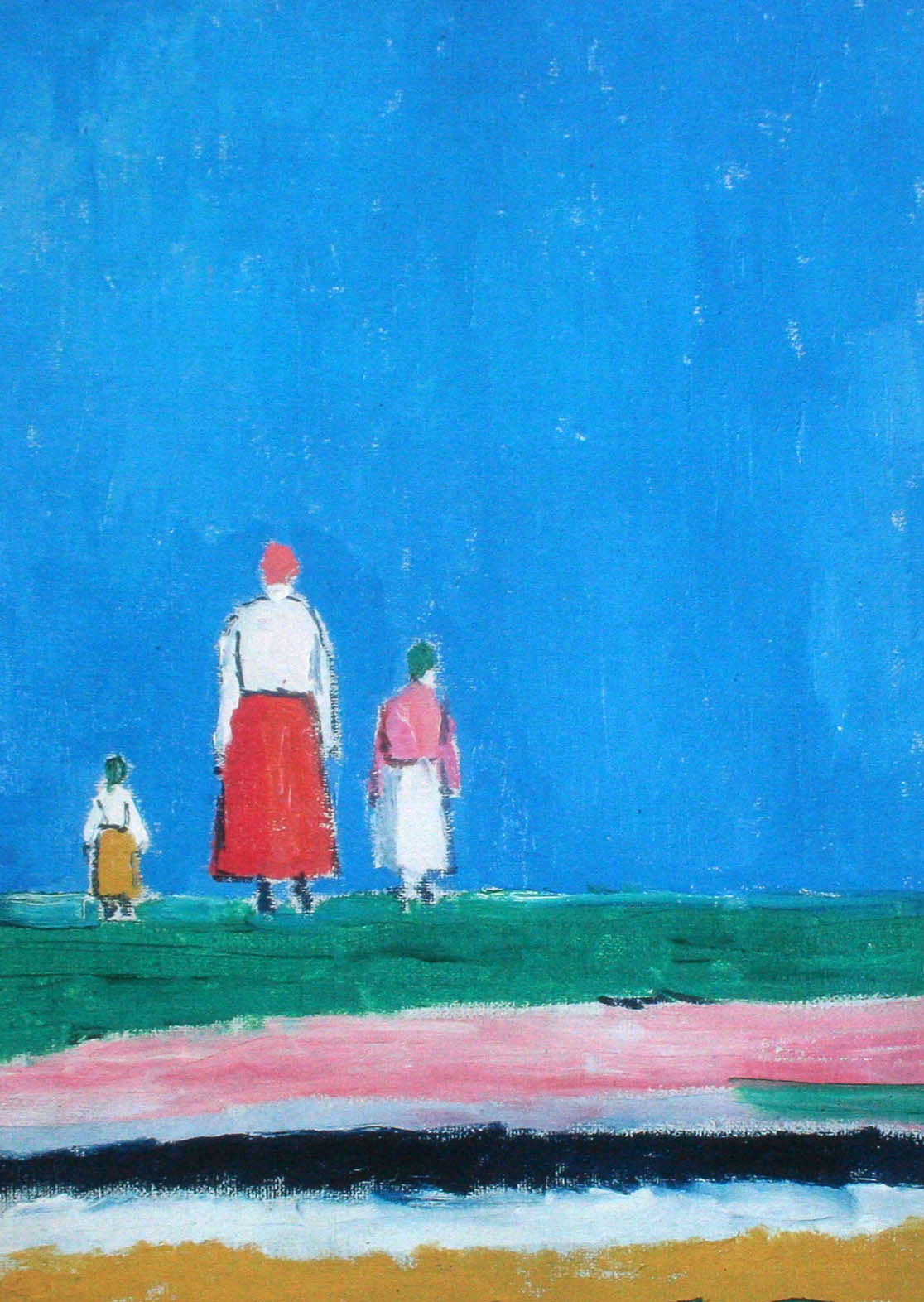 | |  | | | | | | | | | | Folk art
It is talked that the word of mamay means nobody. The authors of pictures of "Kazak-mamay" beat anonymity of the hero cleverly. “Though look at me, though not look, it was not here will not guess, from where by birth, - nichichirk does not know. As want to know my name, that them to the executioner” - so flirts with the spectator of kazak-kharakternik. Merry inscriptions on pictures obviously scatter with a mournful mien hero. But also sorrow is imagined, because a kpinam bandura-player is not present end. On rural artists in the days of soviet power censorship did not spread, and exactly in a kolgospnom mud flow grew genius Bilokur, Primachenko. Bilokur is adjusted was on a local culture. Offended even, when its pictures compared tipologichno to the ornamental art. In 1930th in cities socialistic realism dominated with his forced optimism. Bilokur also churalas' tragic those. Its pictures are indeed “flowering Ukraine”, paradise is woven from the unbelievable amount of floral forms. With a cleanly peasant capacity it giperrealistichno drew ten and hundreds of colors on one picture, reproducing their morphology with stamens and pestles inclusive. As though the fairy-tale world, where garden and field, spring, summer and autumn plants flower at the same time. It represents a vegetable garden so, that evidently, as there are secrets of life in every stem. | | | | | | | | 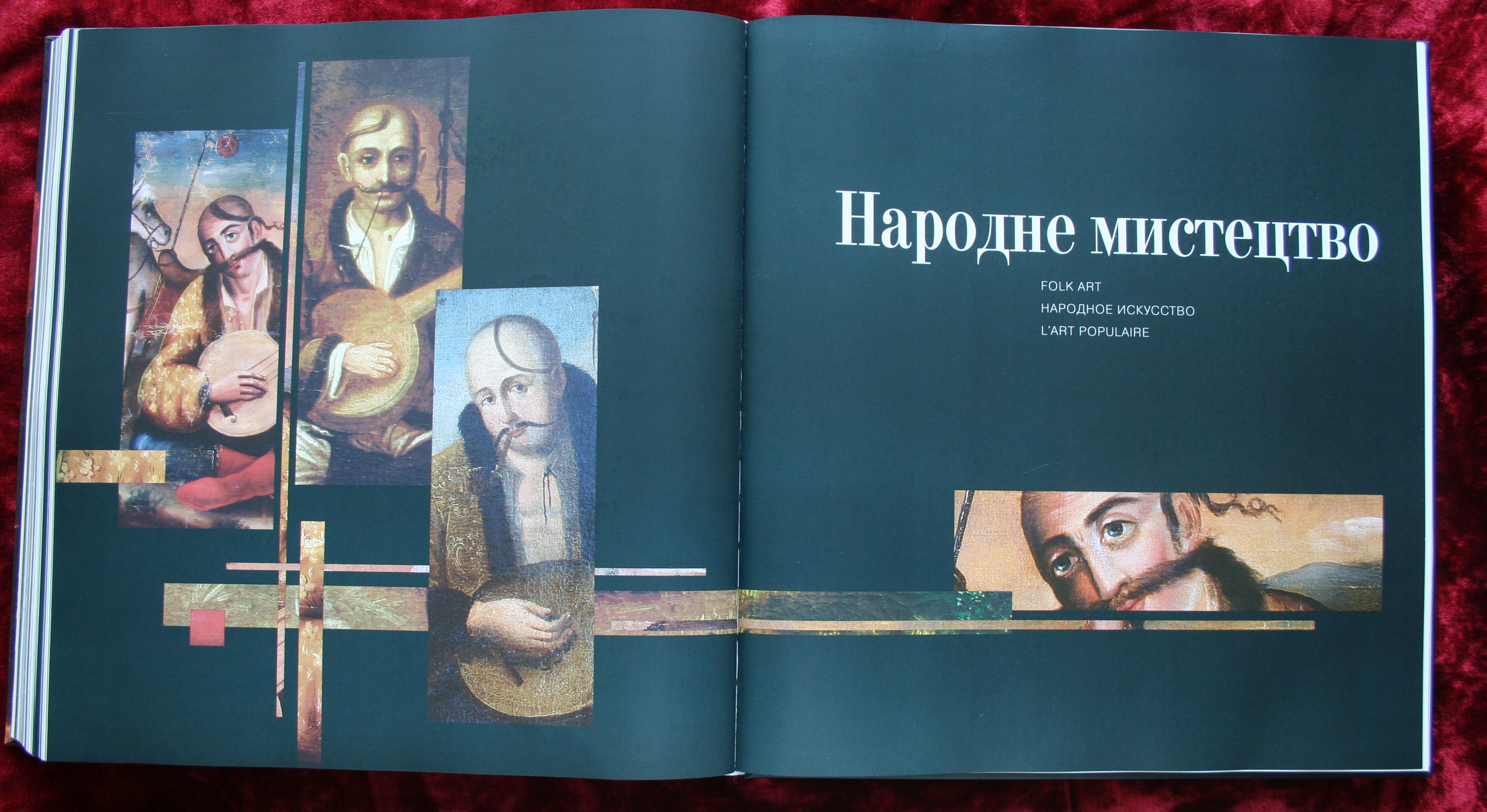 | |  | |  | | | | | | | | |
|
|
|
|
|
|
|





